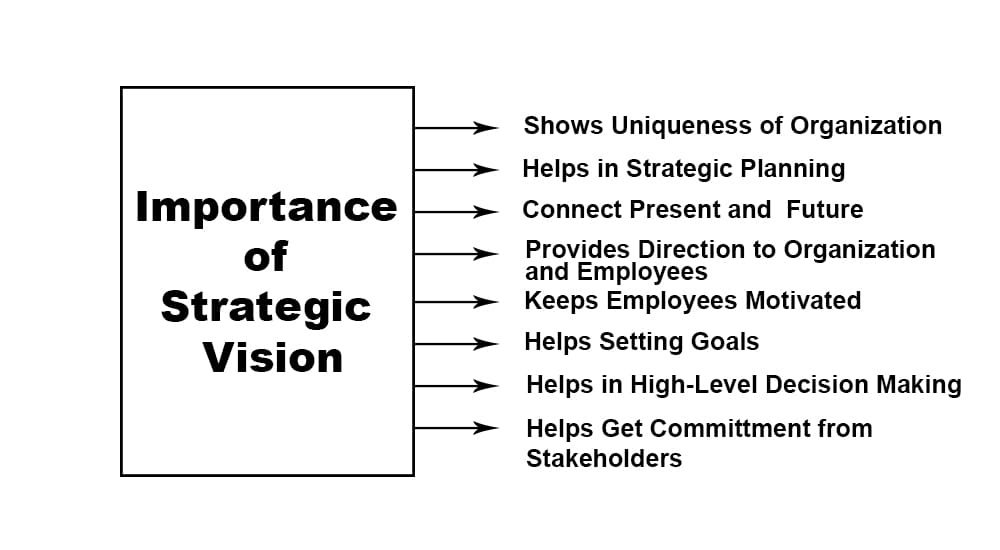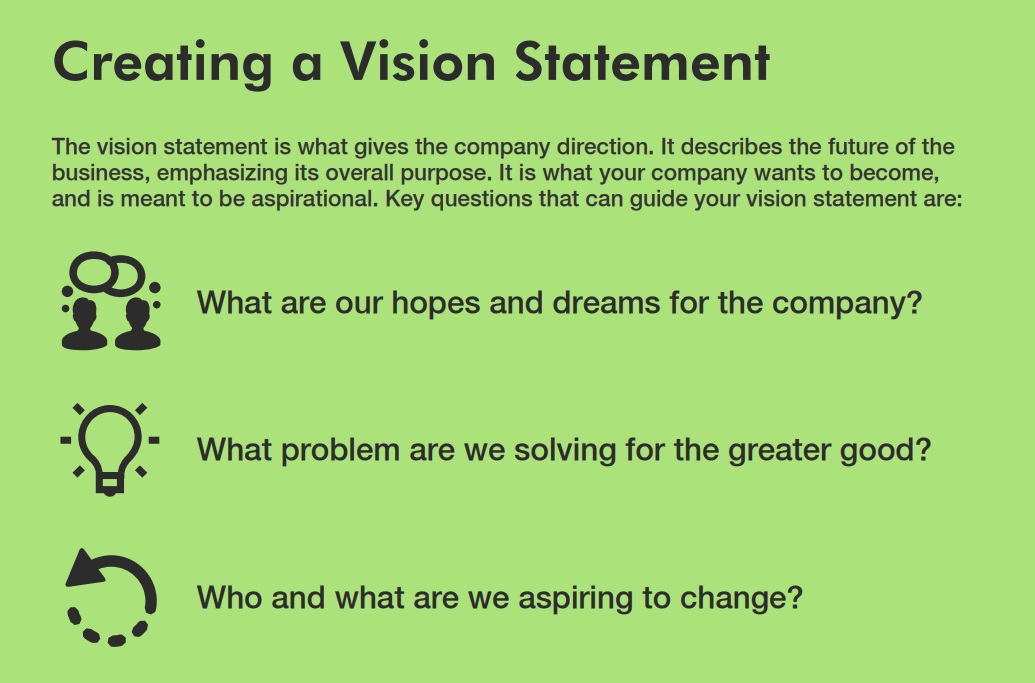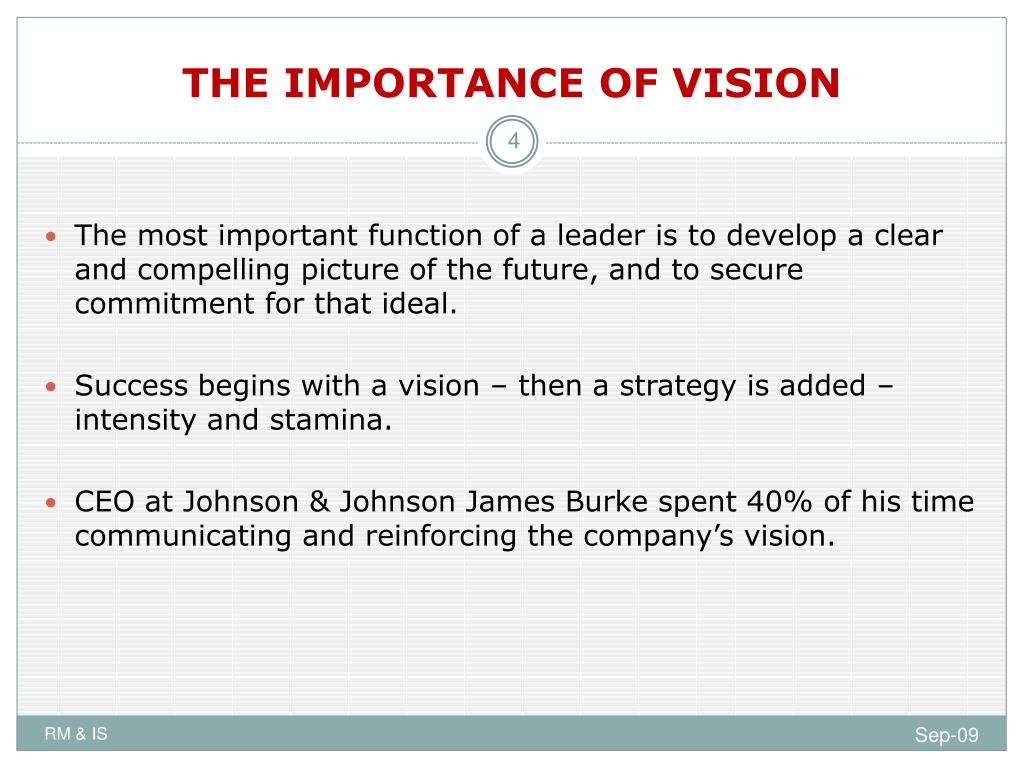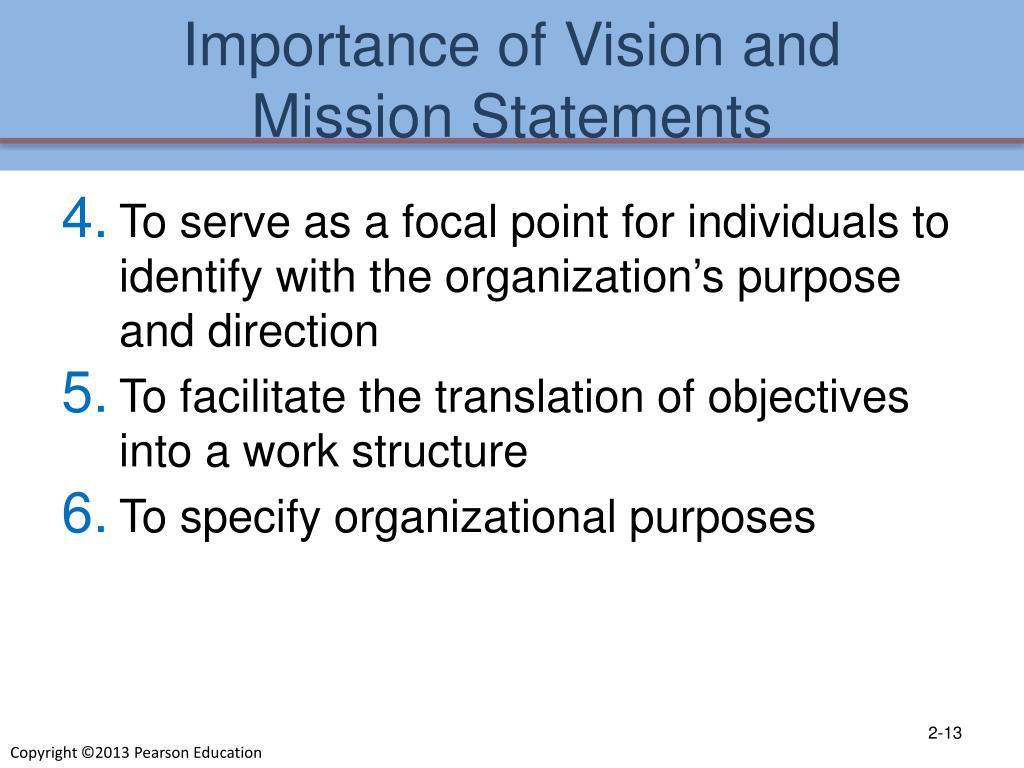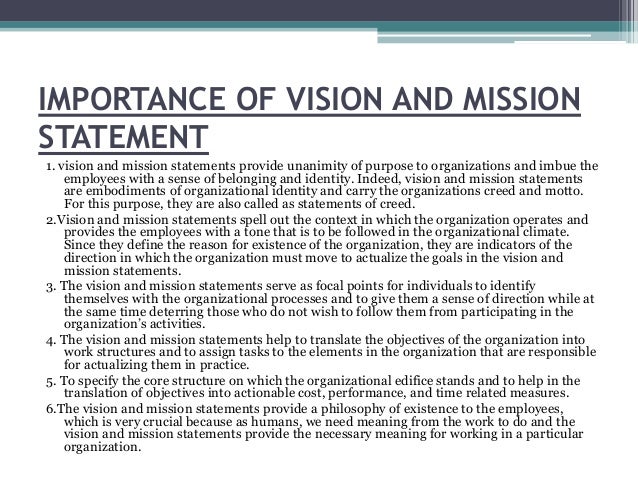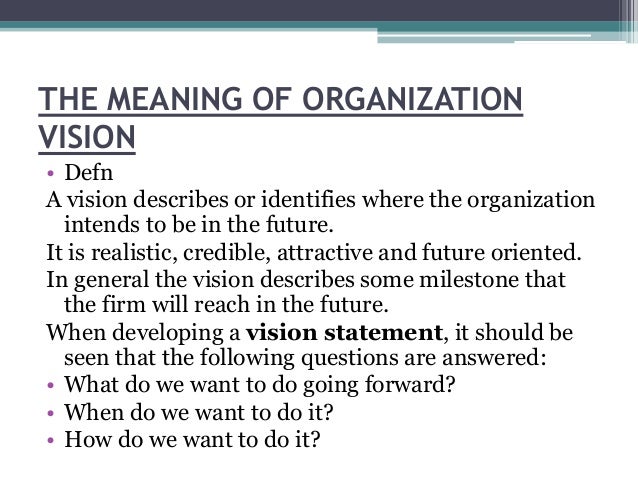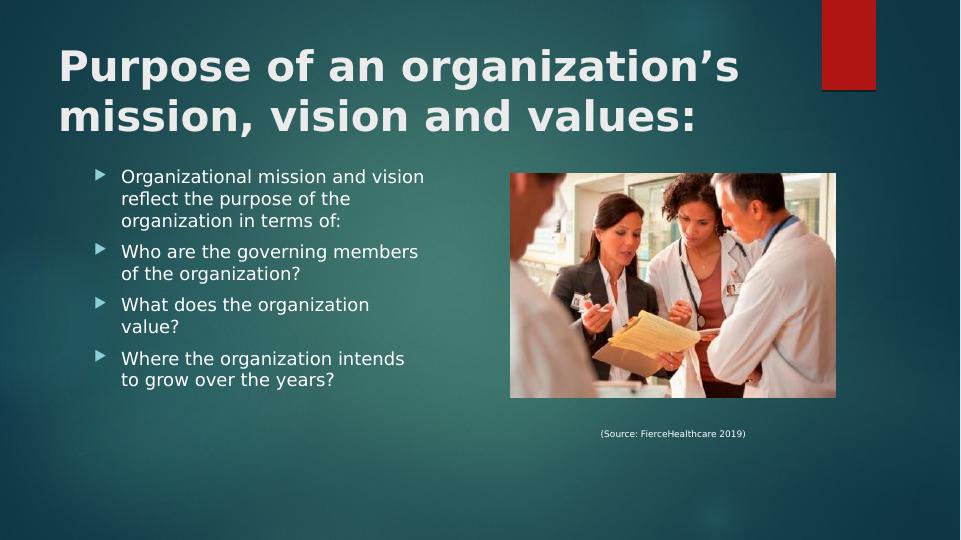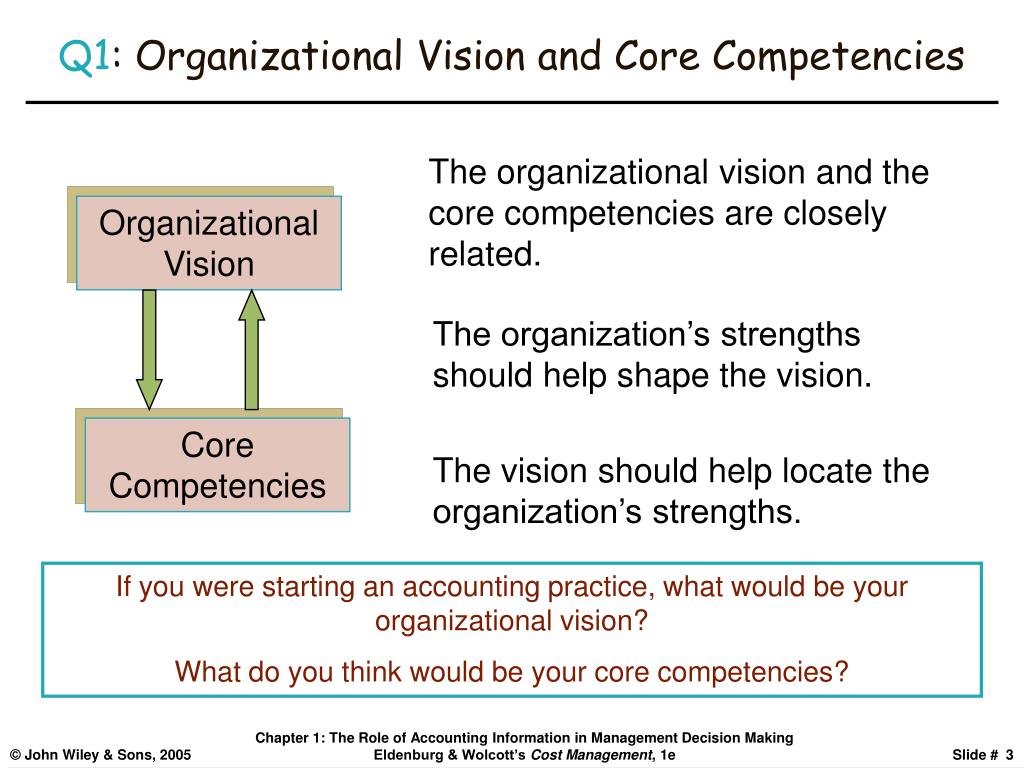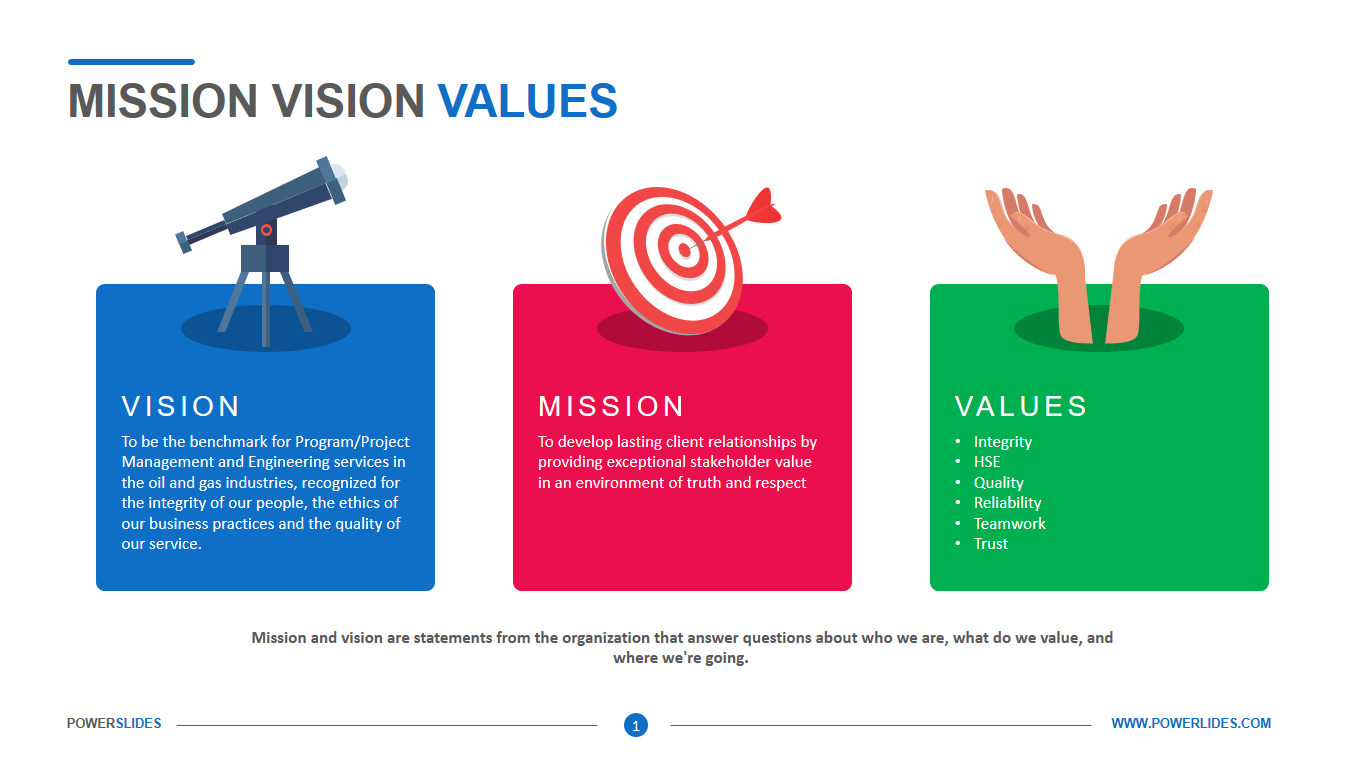Importance Of Organizational Vision
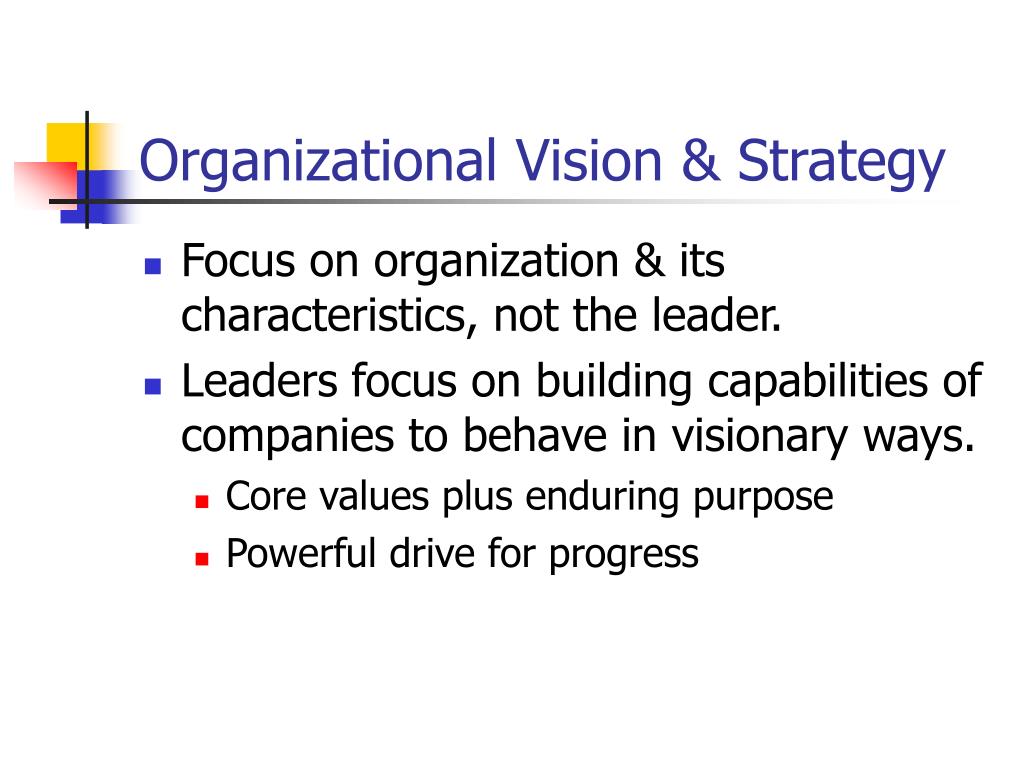
Organizations without a clear vision are failing at alarming rates. A strong organizational vision is no longer a luxury, but a critical necessity for survival and sustained success in today's volatile market.
This article explores the vital role of organizational vision. It details why it's essential for employee engagement, strategic alignment, and overall organizational performance, offering insights into how leaders can cultivate and communicate a compelling vision.
Why Vision Matters Now More Than Ever
Change is constant. The speed of business demands adaptability, and a clear vision provides the North Star to guide organizations through turbulent times. Without it, companies drift aimlessly, reacting instead of proactively shaping their future.
According to a recent Gallup poll, only 41% of employees strongly agree that they know what their company stands for and what makes it different from its competitors. This alarming statistic highlights a significant vision deficit in many organizations.
Research from the Harvard Business Review indicates that companies with a clearly defined and communicated vision achieve 28% higher revenue growth and 30% greater profitability. This underscores the tangible benefits of visionary leadership.
The Key Components of a Strong Organizational Vision
A powerful vision isn't just a lofty statement. It's a carefully crafted articulation of the organization's desired future state. It must be aspirational, inspiring, and, above all, achievable.
Authenticity is key. The vision must resonate with the organization's values and culture, reflecting its unique identity and purpose. Employees are far more likely to embrace a vision they believe in.
Communication is paramount. Leaders must consistently and effectively communicate the vision to all stakeholders. This includes employees, customers, investors, and the broader community.
Benefits of a Well-Defined Vision
Employee Engagement: A clear vision provides employees with a sense of purpose and direction. This translates to increased motivation, productivity, and loyalty.
Strategic Alignment: Vision ensures that all organizational activities are aligned towards a common goal. This prevents fragmentation and maximizes resource allocation.
Enhanced Decision-Making: With a clear vision, decision-making becomes more focused and efficient. Every decision can be evaluated against the long-term goals and aspirations of the organization.
Attracting and Retaining Talent: A compelling vision attracts top talent who are passionate about contributing to something meaningful. It also reduces employee turnover by fostering a sense of belonging and shared purpose.
"Where there is no vision, the people perish." - Proverbs 29:18. This ancient wisdom remains profoundly relevant to organizational leadership today.
Moving Forward: Cultivating and Communicating Vision
Developing a strong organizational vision requires thoughtful reflection and collaboration. Leaders must engage with stakeholders at all levels to gather input and ensure buy-in.
The next step is to translate the vision into actionable goals and strategies. This involves setting clear objectives, defining key performance indicators, and establishing accountability.
Ongoing communication and reinforcement are crucial for sustaining the vision over time. Leaders must regularly communicate the vision, celebrate successes, and adapt as needed to changing circumstances.
The organizations that embrace a compelling vision are the ones that will thrive in the long run. They will attract the best talent, innovate effectively, and create lasting value for their stakeholders. The time to act is now.
